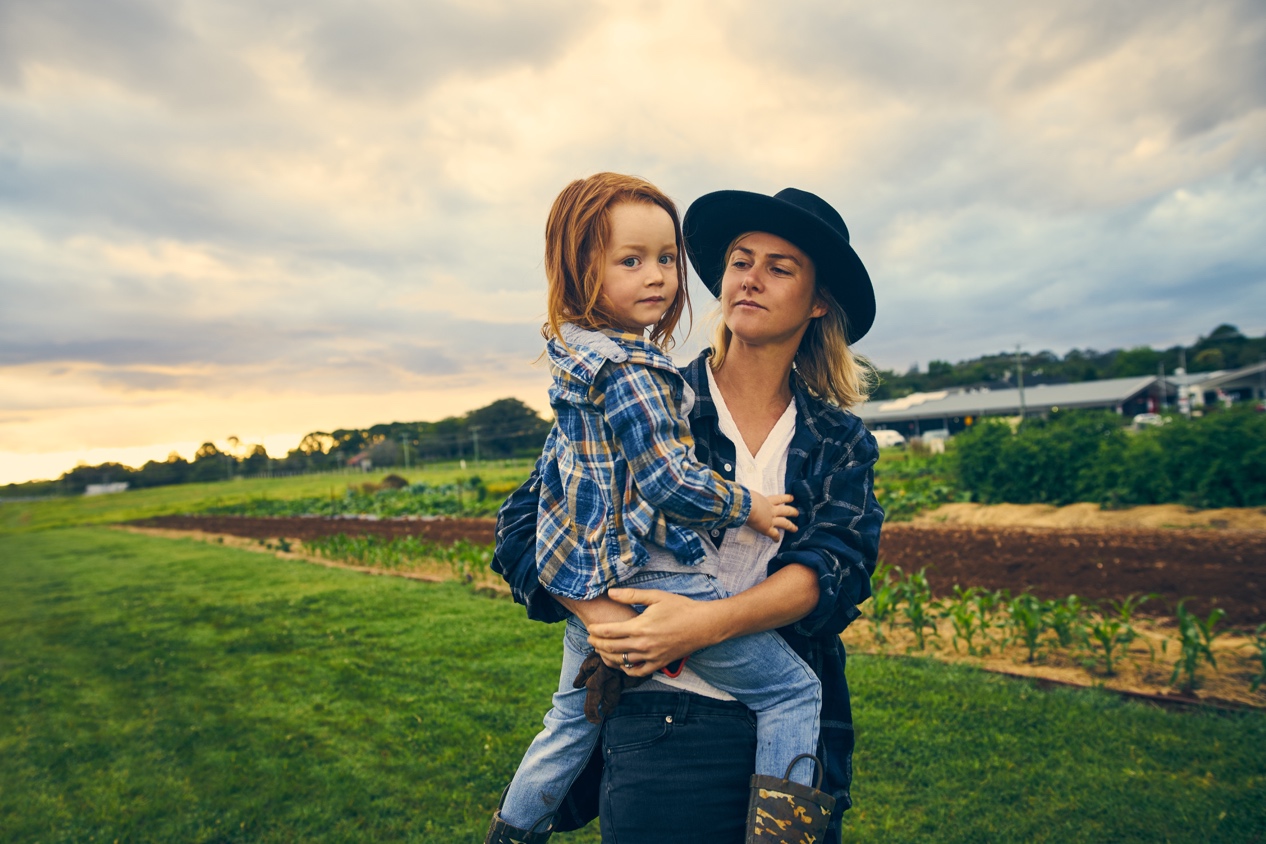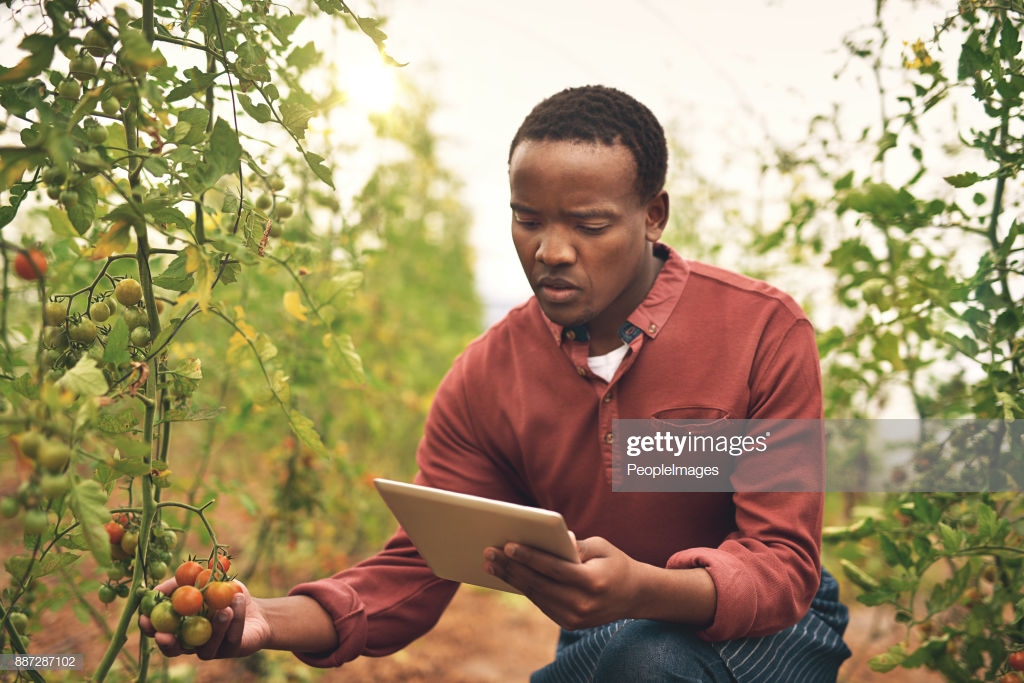Consumer Knowledge and Behavior Re: Agricultural Biotechnology and Biotechnology-Derived Food Products and Animal Feed - Wave III: Focus Groups Exploring Consumer Reactions to Educational Materials
Focus Groups as Used by the Food and Drug Administration
Appendix V - Video Concept Treatment
Consumer Knowledge and Behavior Re: Agricultural Biotechnology and Biotechnology-Derived Food Products and Animal Feed - Wave III: Focus Groups Exploring Consumer Reactions to Educational Materials
OMB: 0910-0497
![]()
OMB No. 0910-0497 Expiration Date: 10/31/2020
Appendix V
Task Order 4 Biotech: Wave III Focus Group Stimuli
Submitted: March 6, 2019
Overview: The video features four people who share their extensive knowledge of GMOs based on their professional experiences: Farmer, Registered Dietitian, Foreign Aid Worker, and Federal Regulatory Official.

Jenna G., Farmer, Master of Agriculture (M.Ag.)
Jenna is experienced with different methods of modern agriculture, having grown organic and conventional crops as well as GMOs. She shares how GMOs affect her family and her business. The camera follows Jenna on her farm and with her family.
QUOTES: “Some GMOs have been created to protect themselves against insects, so we lose fewer crops to insect damage. And that keeps my family farm profitable.”
“I grow GMO and non-GMO crops. Both are an important part of the food system.”
“My family eats what we grow here—GMOs and organic.”

Laura S., Registered Dietitian, RD
As a Registered Dietitian, Laura is deeply knowledgeable about the nutritional values of foods, and she creates healthy diet plans for her patients. Laura’s portion of the video is set in in her office within a health clinic.
QUOTES: “All the research and studies I’ve read show that most GMOs and non-GMOs are the same nutritionally. In some cases, GMOs are actually more nutritious.”
“You might have heard of trans fats and how they are bad for you. Well, there’s a GMO soybean specifically created to produce healthy fats and replace trans fats in processed foods.”
“Patients ask me if GMOs are safe. I tell them that GMOs are just as safe as conventional foods.”

Andrew W., Program Director at a Foreign Aid Organization
Andrew works for a U.S. foreign aid organization. He travels to developing countries introducing new farming methods and ways for famers to earn a living and produce the food they need to feed their communities. GMOs play an important role in making this possible. Andrew is filmed in the field (on a farm in a developing country).
QUOTES: “A GMO eggplant introduced to farmers in Bangladesh helped them grow more food while using less insecticide.”
“Cassava is the main source of calories for over 250 million people in Africa, but it is not very nutritious. We’re showing farmers how to grow a newly-developed GMO cassava that has more vitamin A, protein, zinc, and iron.”
“Frequent droughts are making it much harder to grow corn in Africa. Our organization developed a hybrid corn seed that can more easily survive drought conditions. The seed is part GMO, part non-GMO.”

Pat T., Regulatory Official, FDA
Pat is a regulatory scientist with the U.S. Food and Drug Administration. She has been with the regulatory agency for over 15 years. Her team’s job is to ensure the safety of our food supply, which they do by reviewing studies, verifying data, and going on field visits. Pat is filmed at her FDA office in Washington, DC.
QUOTES: “GMOs must meet the same safety standards as non-GMO foods.”
“When a GMO apple was developed, my team analyzed how that apple was modified to make sure it was as safe as a conventionally grown apple.”
“FDA monitors new GMO food products to ensure they don’t contain any new allergens.”

| File Type | application/vnd.openxmlformats-officedocument.wordprocessingml.document |
| Author | Natalya Maltseva |
| File Modified | 0000-00-00 |
| File Created | 2021-01-15 |
© 2026 OMB.report | Privacy Policy